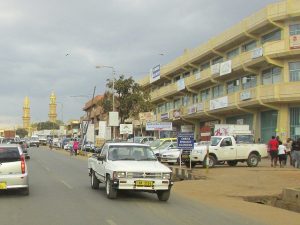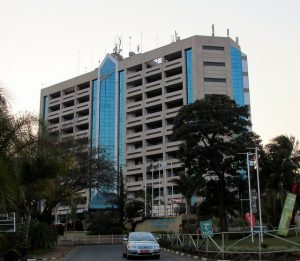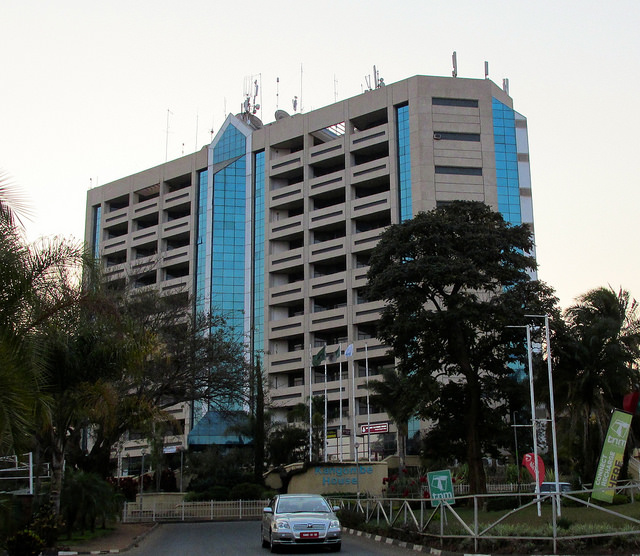
What was once a traditional trading center and sleepy fishing village on the banks of the Lilongwe River, Lilongwe has wafted into a dynamic, vibrant commercial, government and national center of activity for the nation of Malawi. Founded in 1906 as a trading post during the colonial period, Lilongwe gained recognition as a town in 1947. After independence in 1964 Hastings Kamuzu Banda, Malawi’s first President, established Lilongwe as the national capital in 1975. The population has grown rapidly over the years:
1966 – 19,425
1977 – 98,718
1998 – 440,471
2008 – 674,448
2015 – 1,077,116

Old Town and City Center
In the valley near the Lilongwe River runs M-1 the main north-south highway through town, and what is known as Old Town. The area contains traditional African markets and the time-honored portion of the city.
On the hills to the north stands City Center, the portion of the city that hosts government buildings, embassies, hotels, as well as modern banking and commercial facilities. This part of the city was designed and constructed after Malawi gained statehood.

